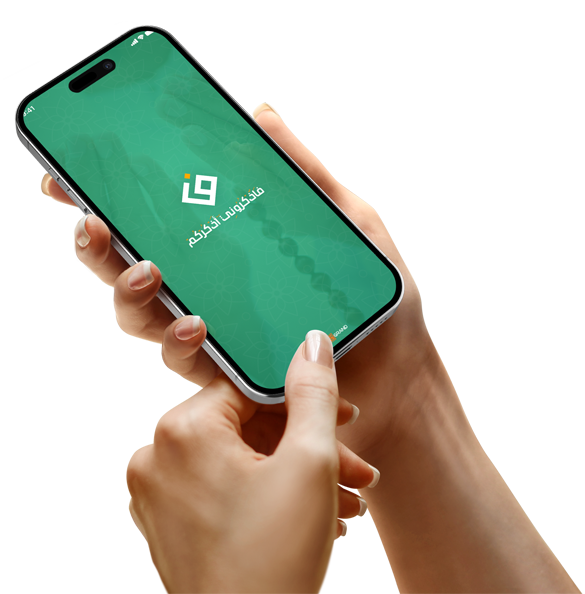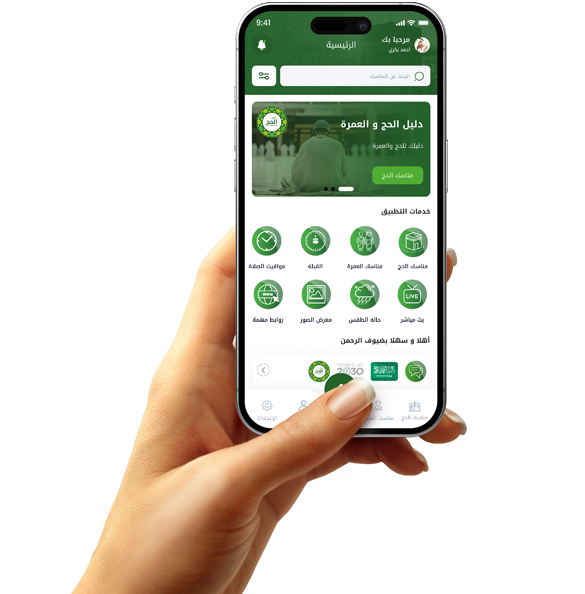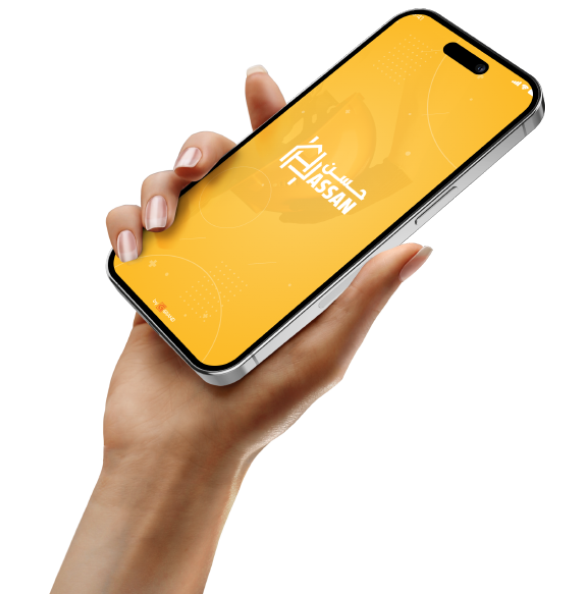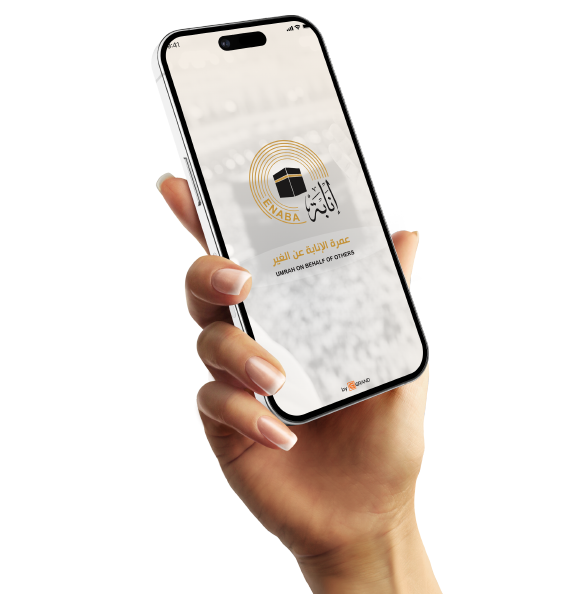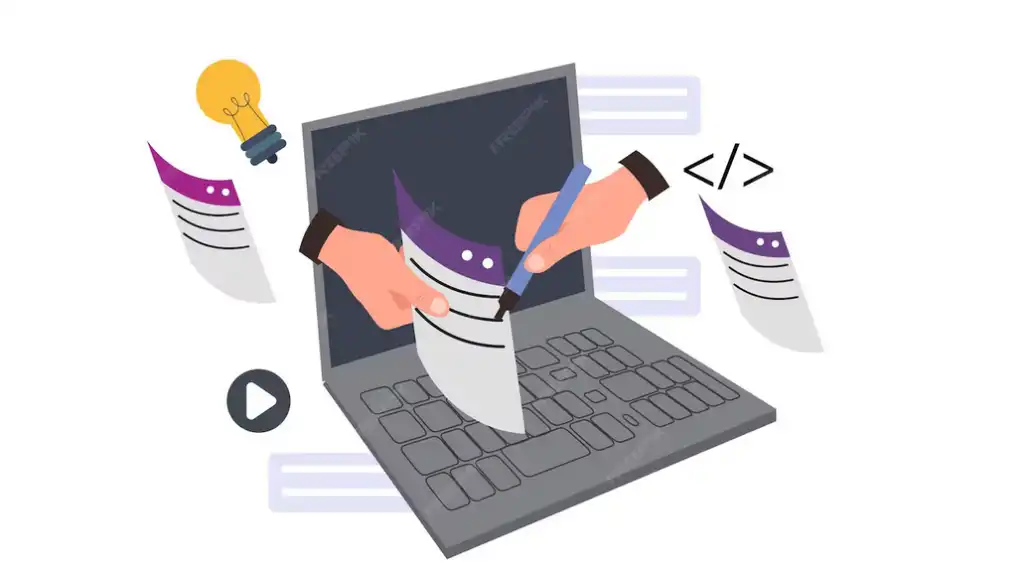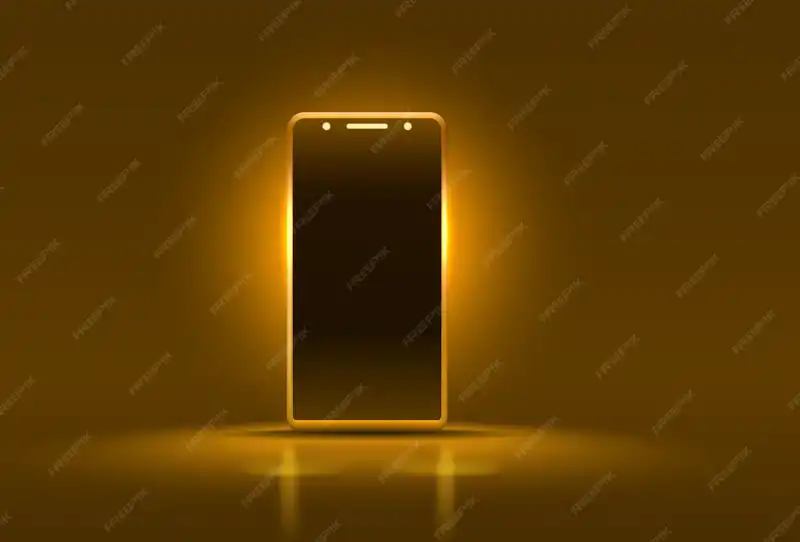Add limited in-app discounts to instantly boost sales.
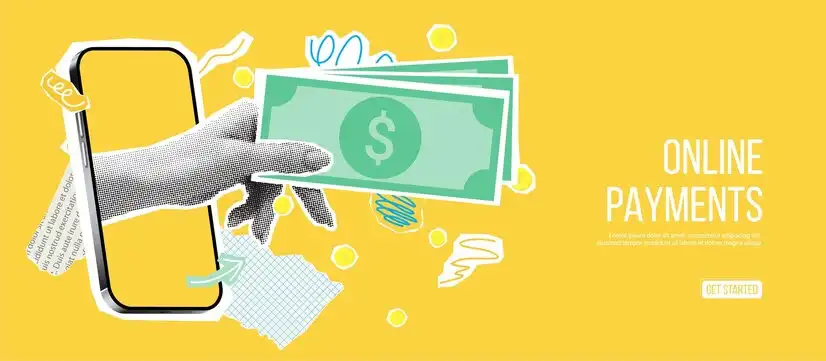
How do you build a sense of "last chance" within an app?
Temporary discounts transform any app into a dynamic space that arouses curiosity and a desire to interact.
When the user feels that an opportunity will not come again, their mind begins to search for justifications to purchase rather than reasons to postpone.
This is where psychological design for the offer comes in: Use words like "Hurry," "Expires in a few hours," and "Don't miss out."
These phrases activate the principle of scarcity, one of the most powerful decision-making motivators in behavioral psychology.
But text alone is not enough; it must be supported by strong visual design: a countdown timer, a different color for the included product, and prominent edges for the button.
Even the promotional message at the beginning of the app should convey the impression of a "one-time offer."
It's important that the discount is real, not just an illusion designed to inflate prices and then reduce them.
Users are smart and will see the difference if the price was previously inflated.
Real discounts build trust and encourage customers to engage repeatedly with your future offers.
Fake discounts, on the other hand, create a barrier that's difficult to break later. Another effective tactic is to display the number of items remaining with the discount, such as: "Only 3 left."
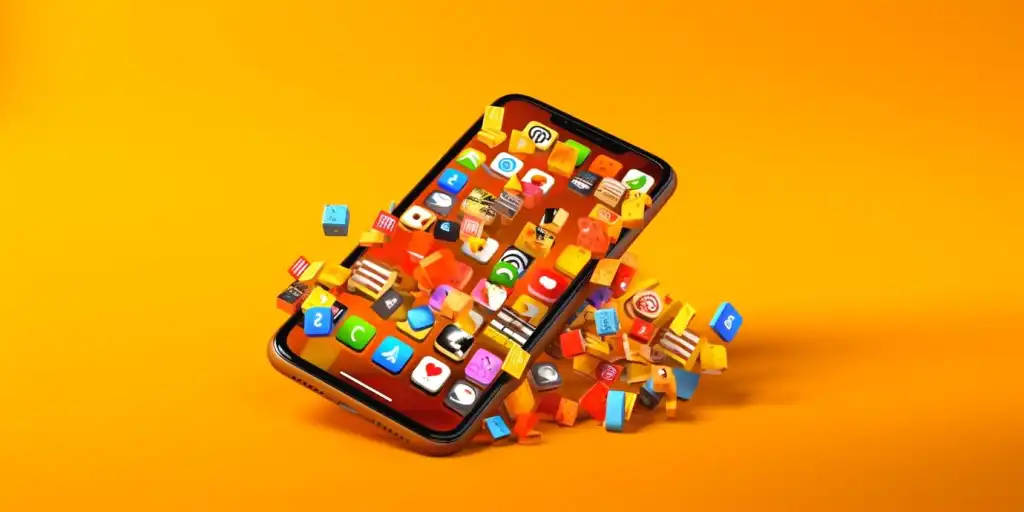
The Impact of Countdowns on In-App Purchase Behavior
Countdowns are a simple yet incredibly effective tool for increasing instant purchase rates.
When a user sees a real timer approaching zero, they feel like every second that passes reduces their chance of making a purchase.
This positive pressure pushes them to use the app faster and make a purchase without delay.
Major e-commerce apps like Amazon and Shein use this method to increase instant sales.
However, it's not just the presence of the countdown that matters, but how it's integrated into the user experience.
Place it on the product page, at the top of the homepage, or in recurring notifications.
The more visible and prominent it is, the greater its impact.
The timer should be truly accurate, not just a visual illusion.
If the timer expires, the offer disappears immediately, so the customer feels like the time was truly critical.
You can also use a "surprise" feature: an hour-long offer shown only to a select group of users.
This keeps the customer checking the app regularly for any surprise discounts.
It's also useful to send a notification 10 minutes before the timer expires: "Only 10 minutes left for a 30% discount!"
This sentence alone is enough to bring the user back to the app immediately.
The beauty of this approach is that it doesn't require major system changes, just improvements to the visual presentation and timeline.
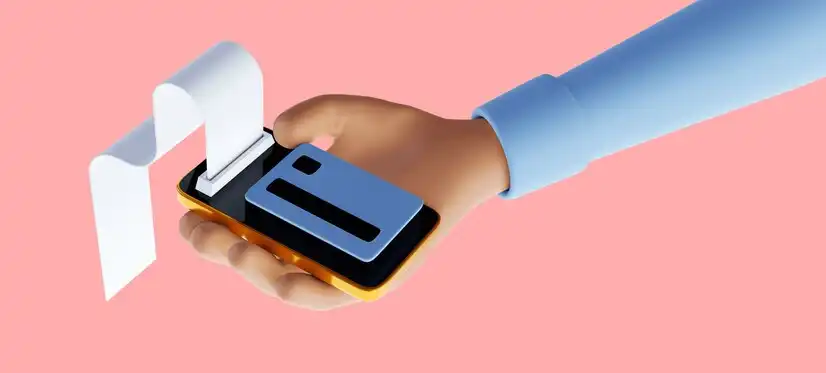
How do temporary discounts affect new customers?
New customers are usually hesitant, looking for a guarantee or incentive to purchase.
What's more powerful than a quick discount that hints that "the opportunity may not come again"?
When a new customer enters your app and sees a special offer for a short period, their conversion rate increases.
This offer gives them the impression that the app is active and rewards its users.
A great way is to offer a "First Purchase Discount - Expires in 12 Hours" offer.
This way, you don't give them time to procrastinate or compare, but rather motivate them to make a decision immediately.
The first purchase experience is the most difficult, and if it's overcome, it's easy to repeat it later.
The discount here is considered an investment, not a loss.
Even if the profit margin is small on the first transaction, the loyalty of the next customer will make up for it many times over.
You can also make the offer linked to login, meaning it only appears after account creation.
This way, you can ensure you've attracted a real customer ready to buy.
Make sure the checkout experience is smooth and fast, as any delay could cost you the customer before the offer ends.
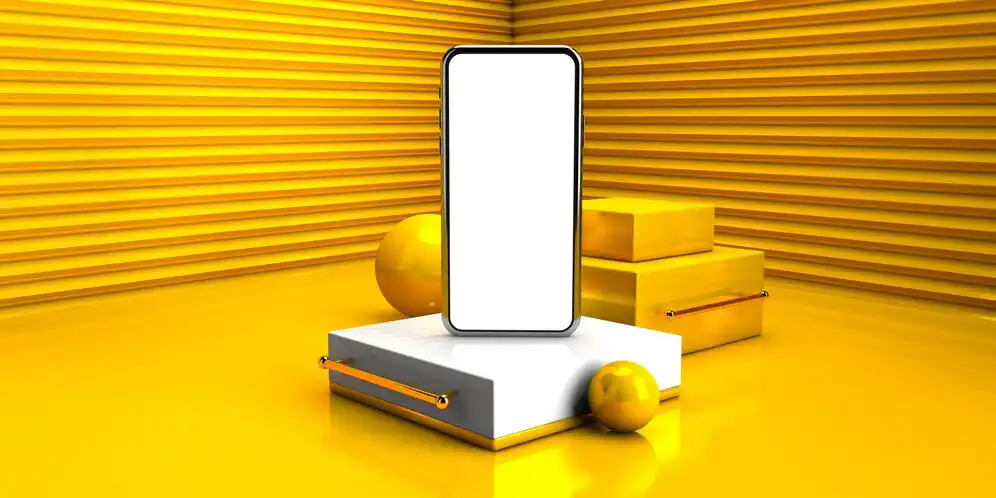
The Difference Between Regular and Temporary Discounts in User Behavior
Regular discounts are often treated with skepticism.
"The discount is still on? I'll come back later," many people think.
But when you factor in time, the meaning changes completely.
"The offer expires in a few hours? Then there's no point in delaying." This is the magical effect of limited discounts.
A temporary discount doesn't give the user a chance to rethink much.
It pushes them to complete the transaction now, not tomorrow.
The user feels that if they don't act quickly, they'll lose out.
Meanwhile, permanent discounts suffer from "value erosion" over time.
What's always available is not valued highly.
What's temporary, on the other hand, is tempting and highly valuable.
This is where the power of limited offers in smart apps comes in.
The more time-bound the offer is, the more likely the user will respond.
You can clearly reinforce the difference by displaying the original price alongside the discounted price, while showing the remaining time.





